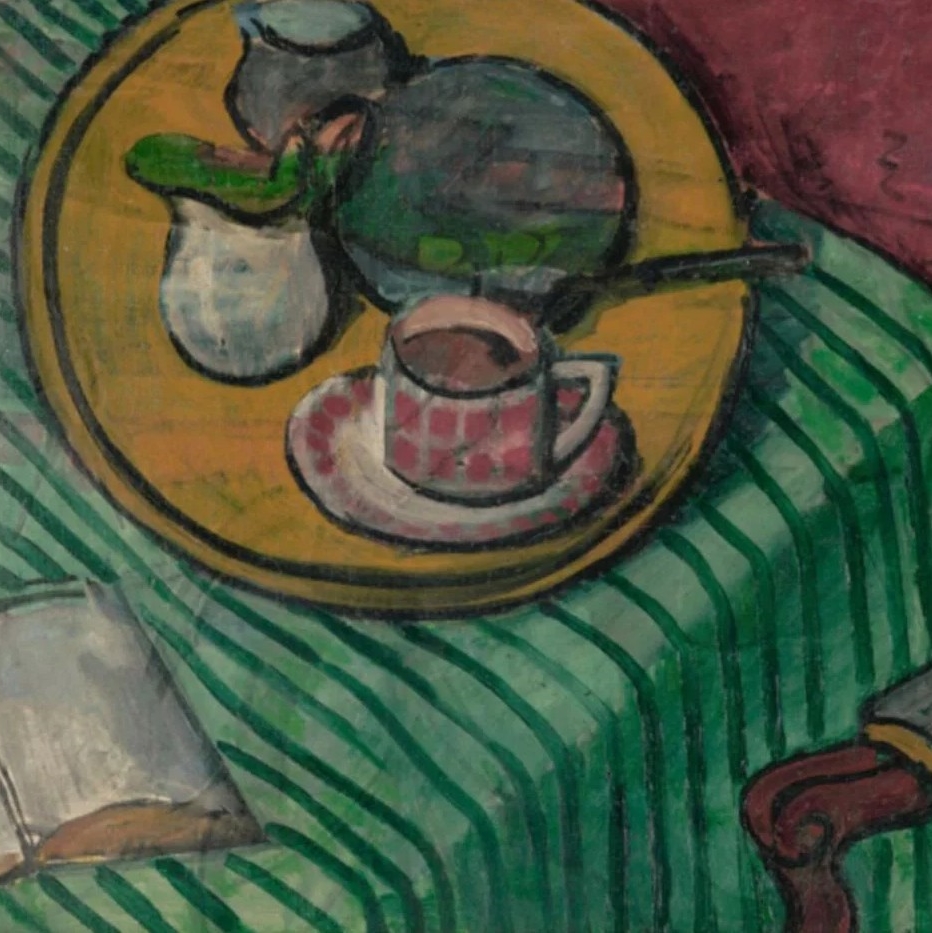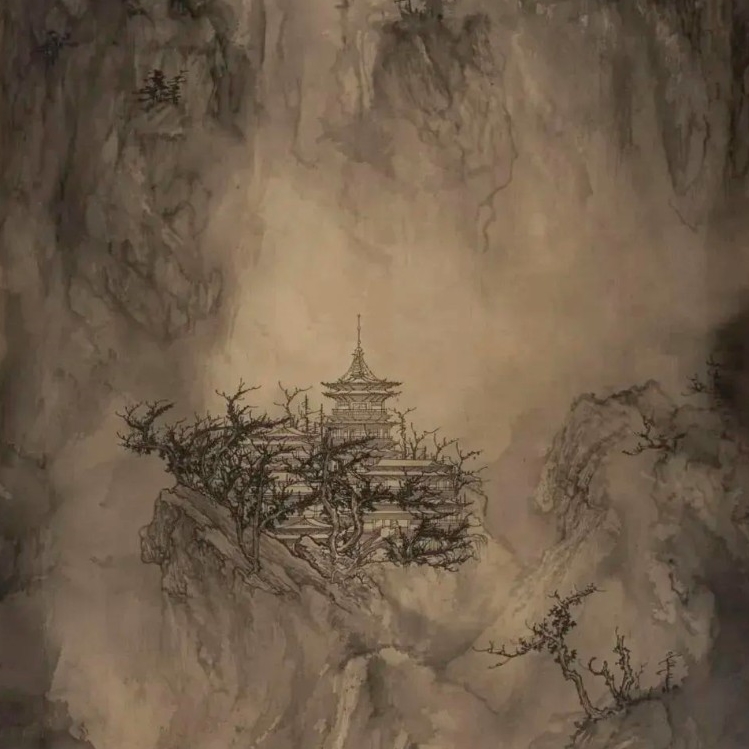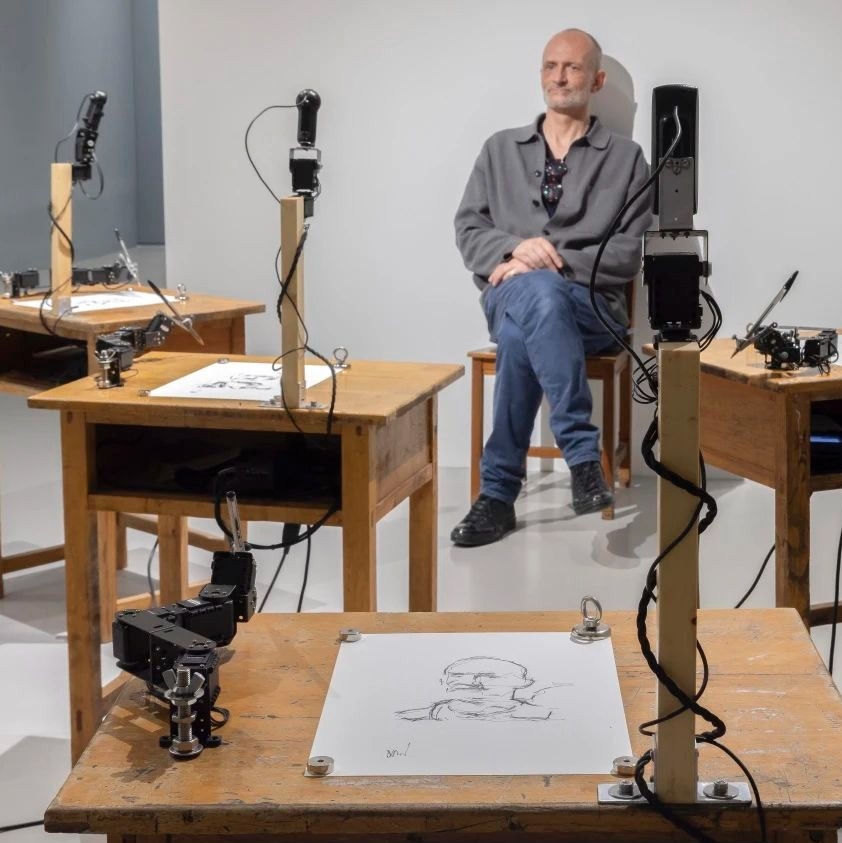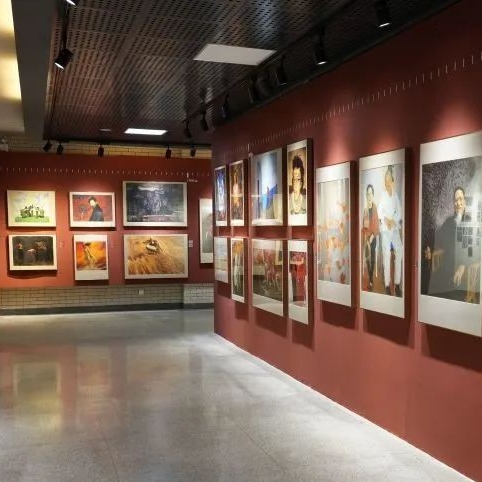
(C) RMN - Gestion droit d'auteur Willy Ronis Localisation : Charenton-le-Pont, Médiathèque du patrimoine et de la photographie Photo (C) Ministère de la Culture - Médiathèque du patrimoine et de la photographie, Dist. RMN-Grand Palais / Willy Ronis
Until his death in 2009 at age 99, the French photographer Willy Ronis was regarded as "the most poetic photographer of the menu peuple this century". He was one of the last humanist photographers of the Paris school, alongside Robert Doisneau, Henri Cartier-Bresson and Sabine Weiss. Ronis worked in black and white even after the advent of color photography and hi-tech technology. Through his work, Ronis showed life in France with subjects ranging from a young boy to an old man, a single woman to a couple kissing.
Willy Ronis was inspired by the works of Ansel Adams and Alfred Stieglitz, as he was exploring the world of photography. He became the first photographer from France to work with Life. In 1953, photographers like Henri Cartier-Bresson, Izis, Robert Doisneau, Brassaï, and Ronis were included in an exhibition by Edward Steichen, called Five French Photographers. The exhibition took place at Museum of Modern Art. After two years, Ronis’s work was included in the retrospective, Family of Man. In 1957, he was given a Gold Medal by Venice Biennale.

(C) RMN - Gestion droit d'auteur Willy Ronis Localisation : Charenton-le-Pont, Médiathèque du patrimoine et de la photographie Photo (C) Ministère de la Culture - Médiathèque du patrimoine et de la photographie, Dist. RMN-Grand Palais / Willy Ronis
During the same time in the 50s, Ronis began teaching at the School of Fine Arts in Aix en Provence, and Marseilles. In 1979, he was given the Grand Prix des Arts et Lettres award for his photography by the Culture Minister. In 1981, Sur le fil du hasard, his photo-book won him the Prix Nadar award.
One of Ronis 1936 eminent photographs, Nu provençal, represented his wife, Marie Anne Lansiaux as the subject. Marie Anne did militant painting in favor of the Communists. This image was published around the world and the duo believed it to be a successful photo. Later in Marie Anne’s life, Ronis took pictures of her while she suffered with Alzheimer.
 “Rose Zehner, a Union Representative During the Citroën-Javel Strike,” 1938.Credit...Willy Ronis/Ministère de la Culture — Médiathèque de l'architecture et du patrimoine, dist. RMN-GP
“Rose Zehner, a Union Representative During the Citroën-Javel Strike,” 1938.Credit...Willy Ronis/Ministère de la Culture — Médiathèque de l'architecture et du patrimoine, dist. RMN-GP
Much later in Ronis’s life, he produced fashion and nude work for magazines like Le Jardin des modes and Vogue. These photos reflected Ronis’s thoughts about natural beauty, as well as his appreciation towards it. In addition to magazine work, Ronis also did work for books published by Taschen.

(C) RMN - Gestion droit d'auteur Willy Ronis Localisation : Charenton-le-Pont, Médiathèque du patrimoine et de la photographie Photo (C) Ministère de la Culture - Médiathèque du patrimoine et de la photographie, Dist. RMN-Grand Palais / Willy Ronis
Despite competition from other photographers, Willy Ronis is termed as the Paris photographer equivalent to excellence, by the Oxford Companion to the Photograph. In 2001, he stopped working as a photographer. This was because he needed a cane for walking and it became difficult for him to carry a camera along with him.
Between 2005 and 2006, the Paris city presented a grand retrospective of Ronis’s work that attracted a huge audience of 500,000 guests. Another exhibition of Ronis took place in 2009 in Recontres d’Arles.
Among the many works of Willy Ronis, some include Place Vendome (1947); Le Petit Parisien (1952); Les Amoureux de la Bastille (1957); Rue Miller (1934); Deena de dos (1955); Belleville (1959); Devoirs de Vacances (1945); Vieu Ferrette (1954) among many more.
 (C) RMN - Gestion droit d'auteur Willy Ronis Localisation : Charenton-le-Pont, Médiathèque du patrimoine et de la photographie Photo (C) Ministère de la Culture - Médiathèque du patrimoine et de la photographie, Dist. RMN-Grand Palais / Willy Ronis
(C) RMN - Gestion droit d'auteur Willy Ronis Localisation : Charenton-le-Pont, Médiathèque du patrimoine et de la photographie Photo (C) Ministère de la Culture - Médiathèque du patrimoine et de la photographie, Dist. RMN-Grand Palais / Willy Ronis
Lovers appear in many of Ronis’s pictures in this exhibition,“ ‘Photographing couples on the banks of the Seine in spring — what a cliché!’ But why deprive yourself of the pleasure?” Ronis wrote in his photo album. “Every time I encounter lovers, my camera smiles; let it do its job.”
As Agnès C. Poirier wrote in "The Photographer Who Saw Paris With His Heart in His Eyes" for The New York Times, "Compassion and empathy are probably the best ways to describe his attitude toward the many people who caught his eye throughout the 20th century. "
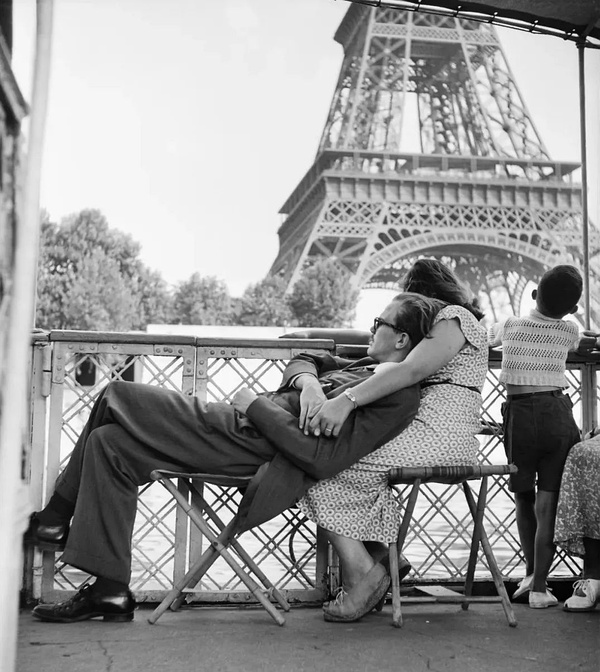
(C) RMN - Gestion droit d'auteur Willy Ronis Localisation : Charenton-le-Pont, Médiathèque du patrimoine et de la photographie Photo (C) Ministère de la Culture - Médiathèque du patrimoine et de la photographie, Dist. RMN-Grand Palais / Willy Ronis
References:
Willy Ronis, famousphotographers.net
Agnès C. Poirier, "The Photographer Who Saw Paris With His Heart in His Eyes", The New York Times, April 27, 2018.
Amanda Hopkinson, "Willy Ronis obituary", The Guardian, September 16, 2009.
About the Exhibition

Duration: January 1–March 31, 2023
Venue: Powerlong Museum
Address: 3055 Caobao Road Minhang Shanghai Shanghai
Image Courtesy MPP and L'Agence Photo RMN-GP.


